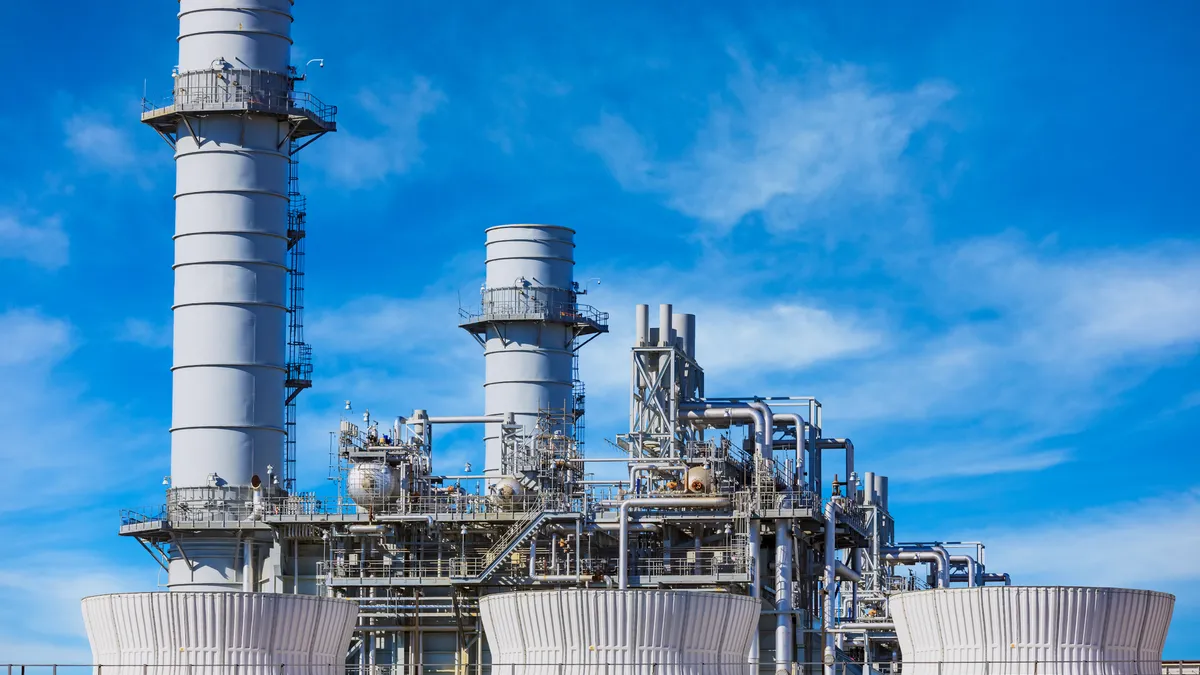The Environmental Protection Agency could set tighter limits for nitrogen oxide emissions from new gas-fired power plants under a proposed consent decree published Tuesday.
If approved by a federal court, the EPA would be required to issue a proposal by Nov. 7, 2024, stating whether updated new source performance standards, or NSPS, for NOx emissions are needed. The agency would issue a final action a year later.
The standard for new gas-fired power plants hasn’t been updated in more than 16 years and it no longer reflects achievable emission limits, according to the Environmental Defense Fund and Sierra Club, which sued the agency over the issue in December. The agency is required to review NSPS for stationary combustion turbines every eight years.
“For years, EPA has failed to revise its NOx standards for new gas plants, creating a loophole that allows many plant developers to avoid installing the best widely available emission control technology,” Andres Restrepo, Sierra Club senior attorney, said in a statement.
As an example of improvements in emissions control technology, Clearway Energy’s 720-MW Marsh Landing power plant in Pittsburg, California, operates at NOx emission rates as low as 2.5 parts per million using selective catalytic reduction technology, according to the lawsuit. That rate is 87% lower than the NSPS’s 15 ppm NOx emission limit for comparable combustion turbines, EDF and Sierra Club said in the suit.
Breathing air with high levels of NOx can irritate the human respiratory system and long-term exposure may cause asthma and increase susceptibility to respiratory infections, according to the EPA. It also combines with other chemicals to form particulate matter and ozone, which can also be harmful.
The EPA is taking comments on the proposed consent decree for 30 days.
The EPA under the Biden administration has targeted the power sector — a major source of air, water and waste pollution — for pollution reduction. The agency last month proposed greenhouse gas emissions limits for power plants.
Generally, tighter pollution requirements put financial pressure on marginal power plants, leading some to retire.
Last year, NOx emissions from power plants fell 29% to 750,000 metric tons from 2017 levels while power production increased about 6%, according to the EPA.














